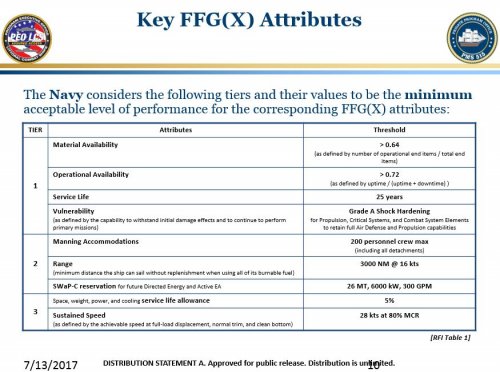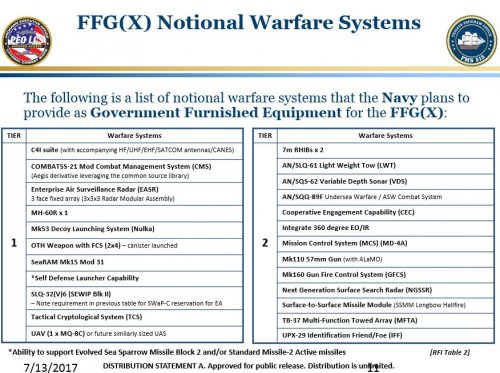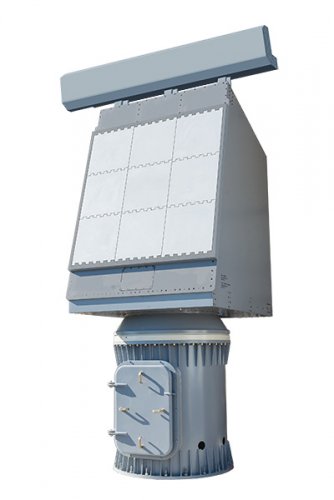LCS 20 Cincinnati keel laying: http://www.navsea.navy.mil/Media/News/Article/1152223/navy-lays-keel-of-future-uss-cincinnati-lcs-20/
Today that means all the prefabricated modules get joined so the ship is already more than 50% done. Only a few more LCS units to go (with modules already in construction) to complete the series built to the original design. At this point, I really wonder if critics think the 20 ships already either in the water or nearly ready should be scrapped despite what the crews and Navy leadership think.
If I try to imagine naval warfare in the future, an ROV-centric architecture seems like a good bet. A platform with some degree of stealth to lend itself towards special operations support and relatively small size and draft to slip in and out of shallow water would make it even more useful. On the other hand, a battle frigate loaded for surface and anti air warfare sensors and weapons will be very mission specific with no room for much else. At some level of size however, I wonder if there is ever enough armor to keep a small ship in the fight after taking a bomb or missile.
Today that means all the prefabricated modules get joined so the ship is already more than 50% done. Only a few more LCS units to go (with modules already in construction) to complete the series built to the original design. At this point, I really wonder if critics think the 20 ships already either in the water or nearly ready should be scrapped despite what the crews and Navy leadership think.
If I try to imagine naval warfare in the future, an ROV-centric architecture seems like a good bet. A platform with some degree of stealth to lend itself towards special operations support and relatively small size and draft to slip in and out of shallow water would make it even more useful. On the other hand, a battle frigate loaded for surface and anti air warfare sensors and weapons will be very mission specific with no room for much else. At some level of size however, I wonder if there is ever enough armor to keep a small ship in the fight after taking a bomb or missile.




